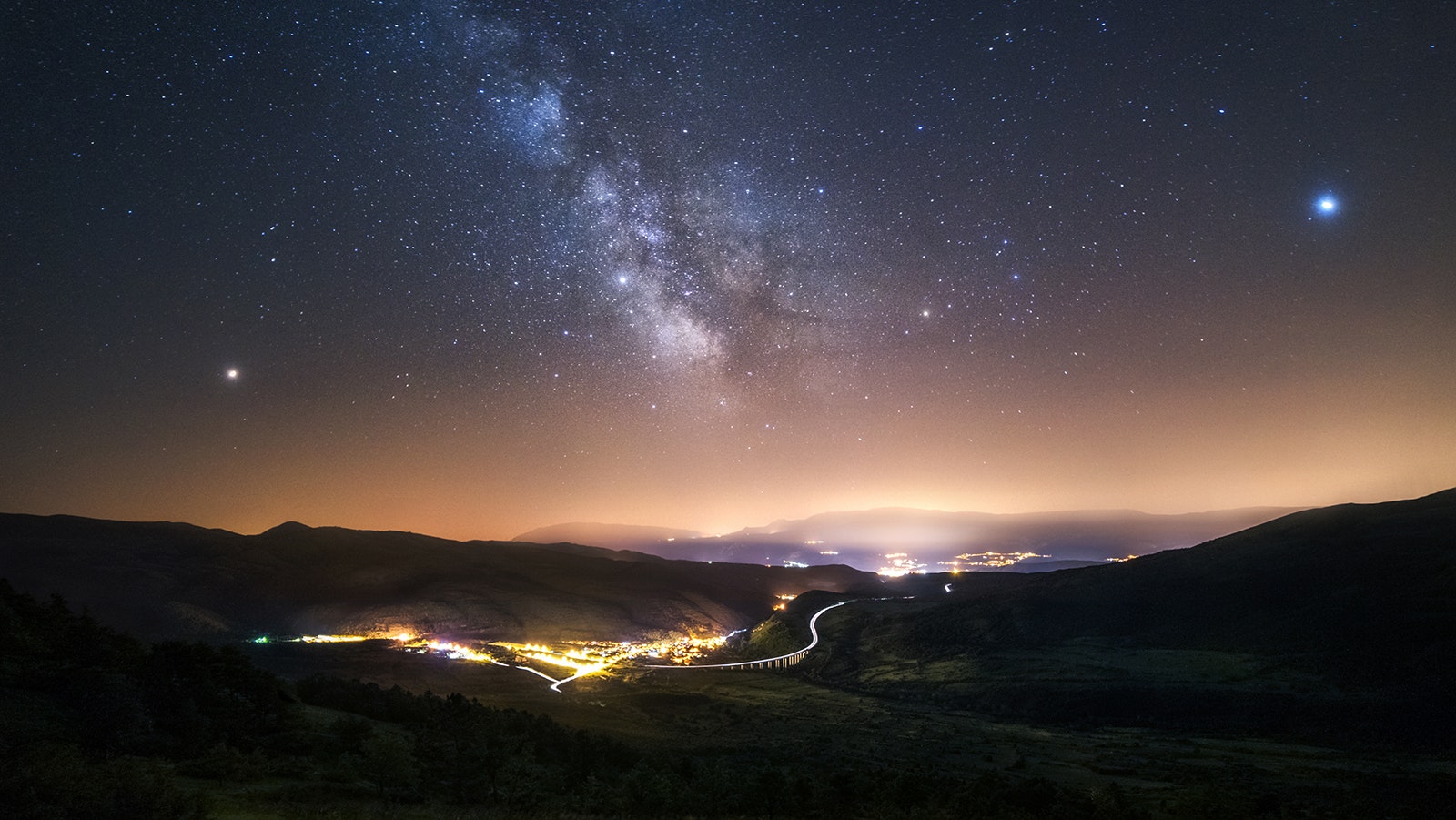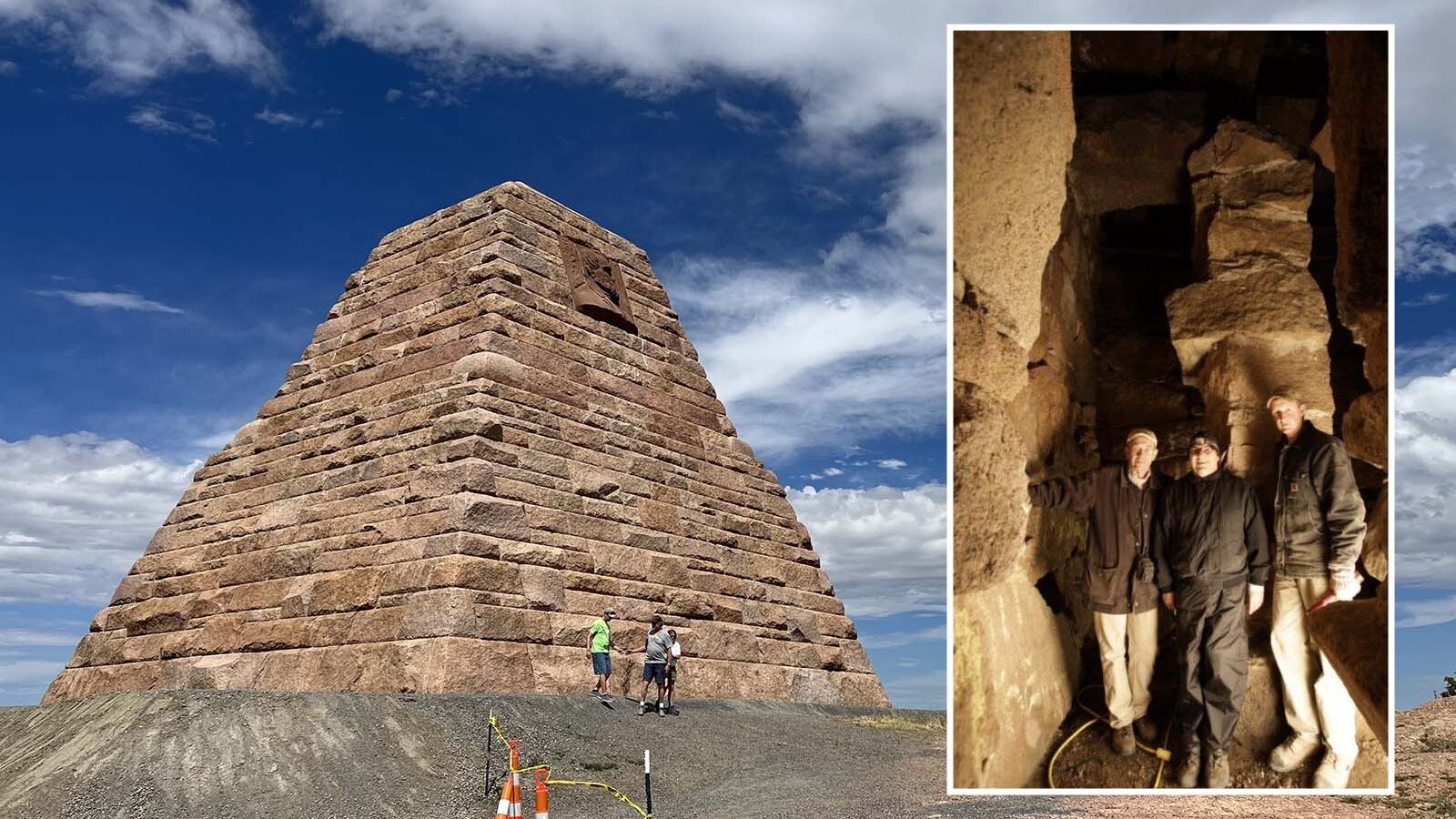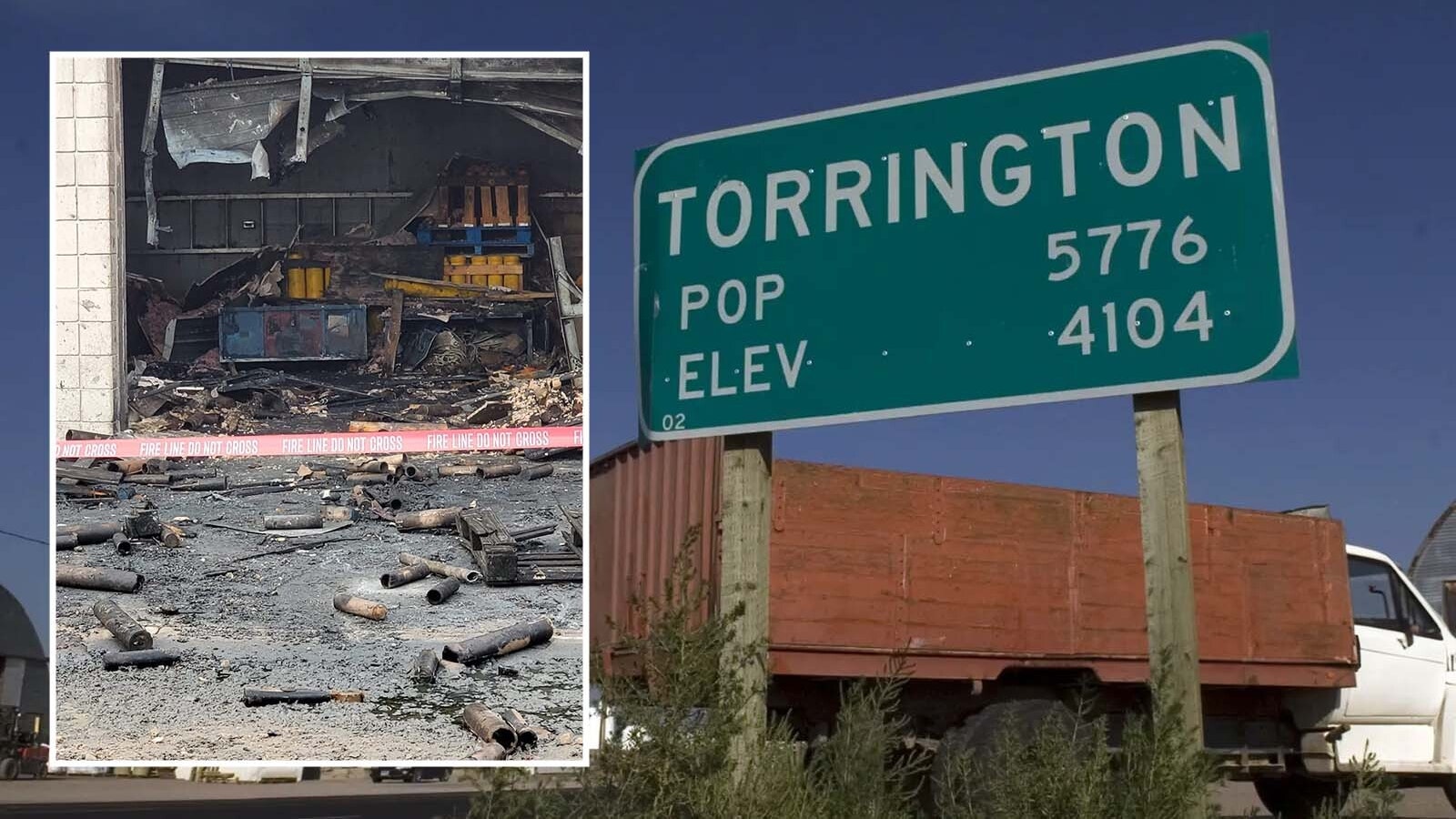When people want a good view of another planet in the solar system, they might seek out the nearest observatory or buy a telescope. But on Thursday night, all Wyomingites will need is a decent pair of binoculars.
Jupiter, the largest planet in the solar system, is reaching its yearly opposition Thursday night, which means it will be brighter and closer to the Earth than at any other point in the year.
“When Jupiter is in opposition, that means it's opposite of the sun in the sky,” said Max Gilbraith, planetarium coordinator for the University of Wyoming Physics and Astronomy Department. “Turns out, that’s when it's closest to earth. That’s when its orbit and our orbit are closest.”
Gilbraith said the earth “catches up” to Jupiter in its orbit once a year, leading to the opposition. That means the gas giant, which is as large as over 1,321 Earths, will be a slightly larger, brighter spot in the night sky.
“Over the next couple of nights, Jupiter will be as big and bright and close as it can be,” he said.

Planet Light, Planet Bright
Jupiter will be easier to spot Thursday night, but can Wyomingites expect to see anything more than a slightly brighter light in the night sky? Gilbraith said anyone with a decent pair of binoculars could see quite a bit.
“Binoculars are wonderful. Most birdwatching and hunting binoculars will be better than anything Galileo had,” he said.
In the early 1600s, Galileo Galilei found three of Jupiter’s largest moons using a simple telescope. Jupiter is now known to have at least 95 moons, but finding those required much more advanced telescopes than Galileo and most Wyomingites have lying around at home.
Gilbraith said any Wyomingite should be able to see the four Galilean moons of Jupiter — Io, Europa, Ganymede and Callisto — while the planet is in opposition, even with low-powered binoculars. He also said a sharp-eyed observer might even see Jupiter’s iconic Great Red Spot.
And for anyone interested, the order of the planet and its moons, when observed from left to right Thursday night, will be Europa, Ganymede, Io, Jupiter and Callisto.
As for when to view it, Gilbraith said Jupiter rises shortly after sunset, so finding it shouldn’t be an issue. Anyone who wants to wait up should get the best view of Jupiter and the Galilean moons around midnight.
Moving Opposition
While it happens nearly every year, there is no fixed time of year for the opposition of Jupiter. The next opposition should happen around Dec. 6, 2024.
The intensity of the opposition also changes. For instance, Jupiter’s opposition Sept. 26, 2022, was the closest the planets had been since 1963. Jupiter and Earth were about 367 million miles apart when they usually average a distance of 600 million miles apart.
Fortunately, Wyomingites will only have to wait a year if they miss the chance to see Jupiter’s opposition now. The largest planet in the solar system isn’t going anywhere, and Earth will reliably swing close enough for a better view of its massive neighbor.
Andrew Rossi can be reached at arossi@cowboystatedaily.com.





